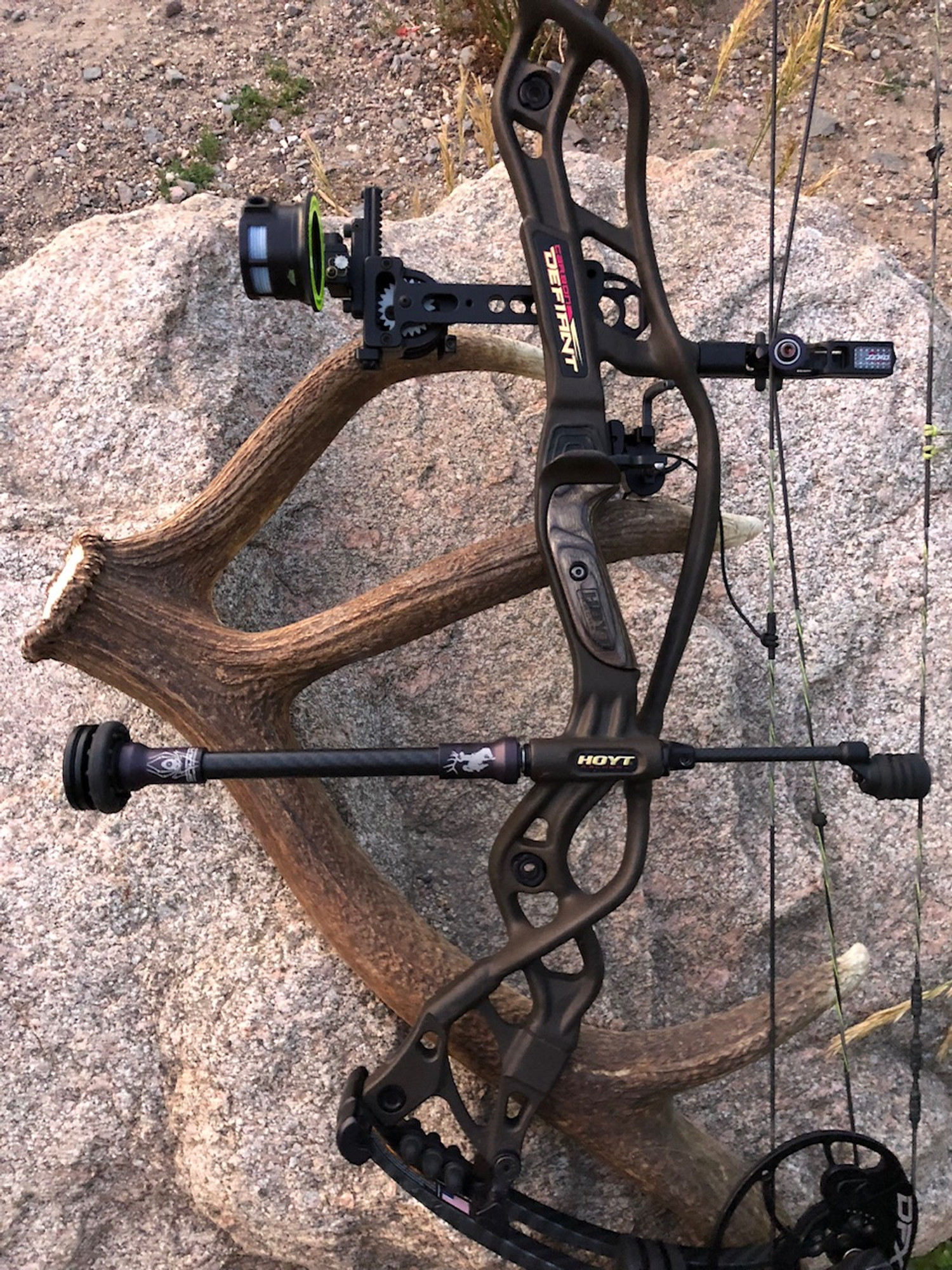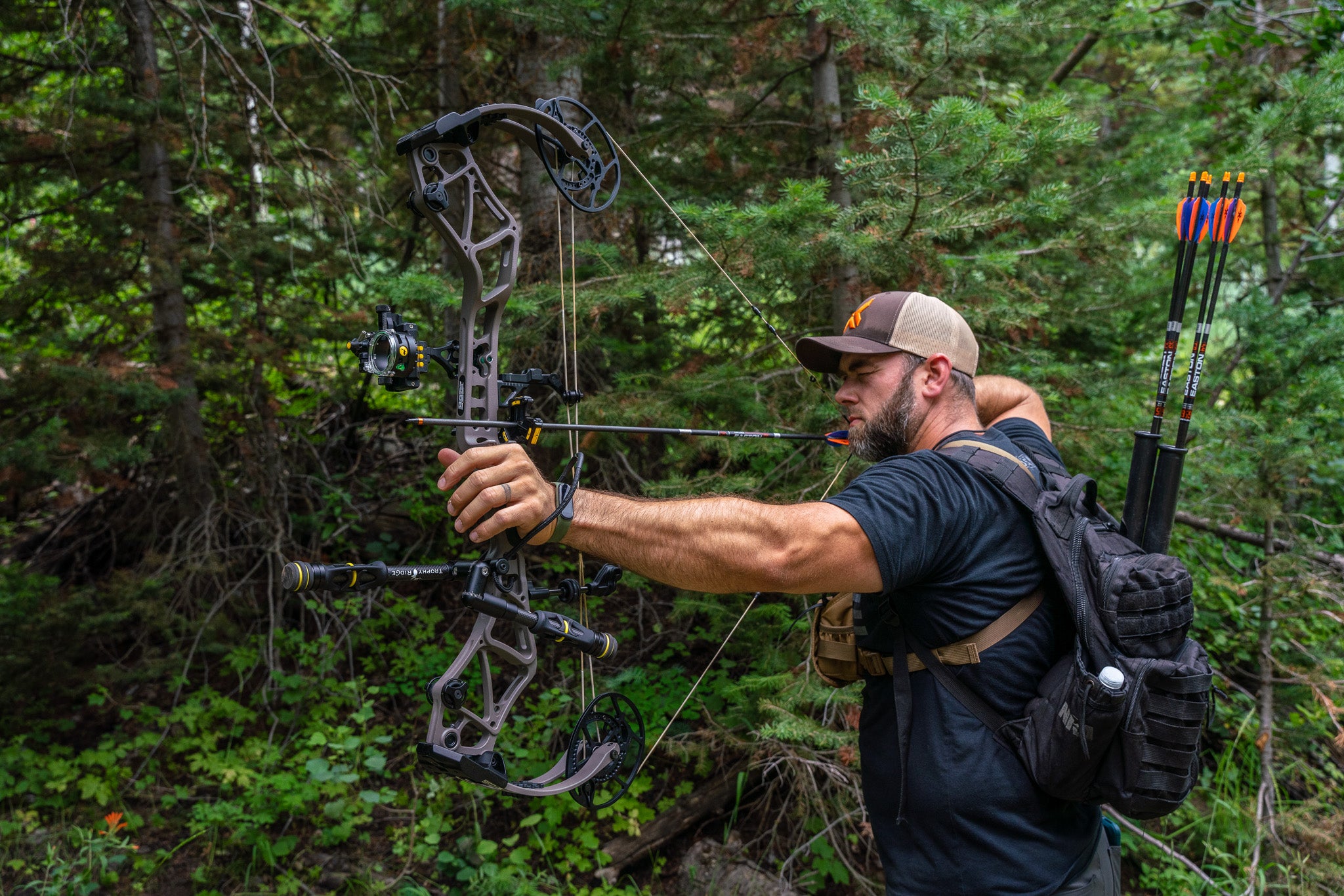Improve Your Accuracy: The Role of Archery Stabilizers
Master the Art of Archery: Recognizing the Value of a Stabilizer in Your Setup
Whether one is a seasoned archer or simply beginning their trip, the significance of a stabilizer in their setup can not be overstated. By recognizing the benefits of utilizing a stabilizer, thinking about the best aspects when choosing one, and appropriately mounting and adjusting it, archers can elevate their abilities to brand-new elevations.
The Role of a Stabilizer in Archery
A stabilizer plays an important duty in archery by improving balance and minimizing vibrations during the shot. When an archer attracts the bowstring and launches it, there is a transfer of power that can trigger the acquiesce vibrate. These vibrations can adversely affect the accuracy of the shot. However, a stabilizer assists to neutralize these vibrations by dissipating the energy and absorbing.
One of the primary advantages of a stabilizer is its capacity to boost balance. The weight of the stabilizer aids to distribute the weight evenly, decreasing the stress on the archer's arm and improving stability.
In addition to equilibrium, a stabilizer additionally aids to lower torque. When an archer launches the bowstring, there is a natural propensity for the acquiesce turn in the hand. This rotation, known as torque, can cause the arrowhead to veer off-course. The weight and design of a stabilizer combat this rotation, making certain a more precise and consistent shot.
Benefits of Using a Stabilizer
The usage of a stabilizer in archery uses numerous benefits that enhance an archer's efficiency and total capturing experience. By soaking up and wetting these resonances, the stabilizer improves the security of the bow, permitting for more precise and constant shots.
Second of all, a stabilizer assists to stabilize the bow by adding weight to the front end. This weight circulation neutralizes the natural tendency of the acquiesce tip forward upon launch, minimizing the quantity of movement and enhancing the archer's ability to keep aim on target.

Finally, a stabilizer can also work as a shock absorber, decreasing the shock and recoil experienced upon release. This not just boosts the convenience of shooting but additionally lessens the danger of injury or strain on the archer's body.
How a Stabilizer Boosts Accuracy
Enhancing the precision of an archer's shots, a stabilizer plays a vital duty in enhancing general performance. archery stabilizer. By including stability to the bow, a stabilizer helps minimize the unwanted activity and resonance that can occur during a shot. This decrease in motion permits the archer to maintain a constant objective, causing even more constant and exact shots

Furthermore, a stabilizer assists to wet vibrations that happen upon launch. These resonances can create the acquiesce drink, affecting the arrowhead's trajectory and precision. By absorbing and dissipating these vibrations, a stabilizer helps to keep the bow's security and make certain a smooth and exact shot.
In addition, a stabilizer can also help in stabilizing the weight circulation of the bow (archery stabilizer). By including weight to the front of the bow, a stabilizer aids to stabilize the weight of accessories, such as sights or quivers, which may be affixed to the bow. This well balanced weight circulation assists the archer keep a stable and controlled capturing setting, leading to enhanced precision
Aspects to Take Into Consideration When Picking a Stabilizer
When choosing a stabilizer for your bow, it is essential to take into consideration a number anchor of elements that will certainly add to its overall efficiency and viability for your private capturing design. The first variable to think about is the length of the stabilizer. Stabilizers can be found in various sizes, ranging from short to long. Longer stabilizers usually offer more security and balance, however they can additionally be heavier and much more difficult to maneuver. Shorter stabilizers, on the other hand, supply better maneuverability however may give up some stability.
One more element to take into consideration is the weight of the stabilizer. The weight of the stabilizer can affect the balance of your bow.
Some stabilizers have adjustable features, such as flexible length or adjustable weights, which enable you to personalize the stabilizer to your certain requirements. Carbon fiber stabilizers are lightweight and durable, while aluminum stabilizers supply a balance in between weight and rigidness.
Various stabilizers may work far better for certain shooting styles, such as target capturing or hunting. It is suggested to consult with knowledgeable archers or specialists to determine which stabilizer will certainly best fit your specific needs.
Tips for Correctly Adjusting a stabilizer and installing
Longer stabilizers give even click over here more security however can be less maneuverable, while much shorter stabilizers use boosted ability to move however may give up security. As soon as you have actually picked the appropriate size, affix the stabilizer to the bow utilizing the offered placing equipment. over at this website Make certain that the stabilizer is firmly secured and aligned with the bow's riser.
After mounting the stabilizer, it is essential to make changes to accomplish the desired equilibrium and shot consistency. Begin by changing the weight distribution along the stabilizer. This can be done by including or eliminating weights from the stabilizer's weight system. Try out various weight arrangements to locate the equilibrium that works ideal for you. Additionally, take into consideration changing the angle of the stabilizer to adjust the shot. A minor forward or in reverse tilt can affect the bow's equilibrium and exactly how it reacts throughout the shot.

Conclusion
To conclude, a stabilizer plays a critical duty in archery by improving precision and reducing bow torque. By adding weight to the bow, it helps to stabilize the shot and balance. When selecting a stabilizer, elements such as product, weight, and length must be taken into consideration to fulfill private requirements. Appropriate setup and change of the stabilizer are also essential for optimum efficiency. Grasping the use of a stabilizer can significantly improve the archer's skill and accuracy.
Moreover, a stabilizer can likewise aid in stabilizing the weight distribution of the bow. By adding weight to the front of the bow, a stabilizer helps to stabilize the weight of devices, such as sights or quivers, which may be affixed to the bow. Some stabilizers have flexible functions, such as flexible length or flexible weights, which enable you to customize the stabilizer to your certain needs. Carbon fiber stabilizers are light-weight and resilient, while light weight aluminum stabilizers provide a balance in between weight and rigidity.
Longer stabilizers give more stability but can be less maneuverable, while much shorter stabilizers supply enhanced ability to move but might give up stability.